Related Research Articles
This article is about music-related events in 1824.
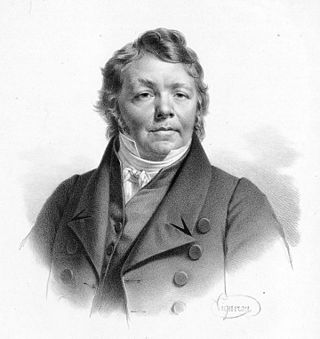
Johann Nepomuk Hummel was an Austrian composer and virtuoso pianist. His music reflects the transition from the Classical to the Romantic musical era. He was a pupil of Mozart, Salieri and Haydn. He also knew Beethoven and Schubert.
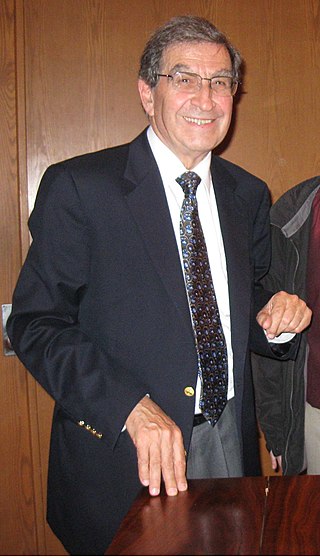
Malcolm Bilson is an American pianist and musicologist specializing in 18th- and 19th-century music. He is the Frederick J. Whiton Professor of Music in Cornell University, Ithaca, New York Bilson is one of the foremost players and teachers of the fortepiano; this is the ancestor of the modern piano and was the instrument used in Haydn, Mozart, and Beethoven's time.

Karl Klindworth was a German composer, virtuoso pianist, conductor, violinist and music publisher. He was one of Franz Liszt's pupils and later one of his closest disciples and friends, being also on friendly terms with composer Richard Wagner, of whom he was an admirer. He was highly praised by fellow musicians, including Wagner himself and Edward Dannreuther. Among his pupils were Hans von Bülow, Georgy Catoire, and Ethelbert Nevin.
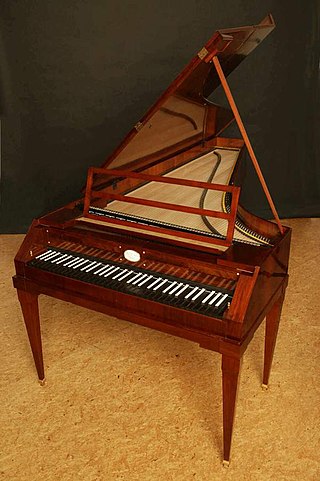
A fortepiano, sometimes referred to as a pianoforte, is an early piano. In principle, the word "fortepiano" can designate any piano dating from the invention of the instrument by Bartolomeo Cristofori in 1698 up to the early 19th century. Most typically, however, it is used to refer to the mid-18th to early-19th century instruments, for which composers of the Classical era, especially Haydn, Mozart, and the younger Beethoven and Hummel, wrote their piano music.

Ferdinand (von) Hiller was a German composer, conductor, pianist, writer and music director.

Robert David Levin is an American classical pianist, musicologist, and composer. He was a professor of music at Harvard University from 1994 to 2014 and the artistic director of the Sarasota Music Festival from 2007 to 2017.
A major is a major scale based on A, with the pitches A, B, C♯, D, E, F♯, and G♯. Its key signature has three sharps. Its relative minor is F-sharp minor and its parallel minor is A minor. The key of A major is the only key where the Neapolitan sixth chord on requires both a flat and a natural accidental.
A-flat major is a major scale based on A♭, with the pitches A♭, B♭, C, D♭, E♭, F, and G. Its key signature has four flats.
A minor is a minor scale based on A, with the pitches A, B, C, D, E, F, and G. Its key signature has no flats and no sharps. Its relative major is C major and its parallel major is A major.
E minor is a minor scale based on E, consisting of the pitches E, F♯, G, A, B, C, and D. Its key signature has one sharp. Its relative major is G major and its parallel major is E major.
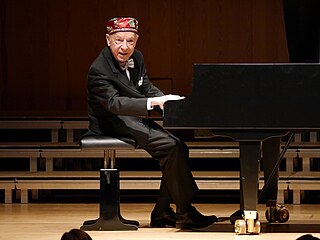
Paul Badura-Skoda was an Austrian pianist.

The Sonata for Arpeggione and Piano in A minor, D. 821, was written by Franz Schubert in Vienna in November 1824. The sonata is the only substantial composition extant today for the arpeggione. The sonata was composed in November 1824, about a month after Schubert had returned to Vienna from his second stay in Zseliz. It has been adapted to other string instruments, especially the cello.
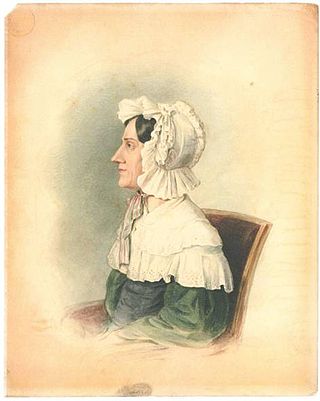
Nannette Streicher was a German piano maker, composer, music educator, writer and a close friend of Ludwig van Beethoven.
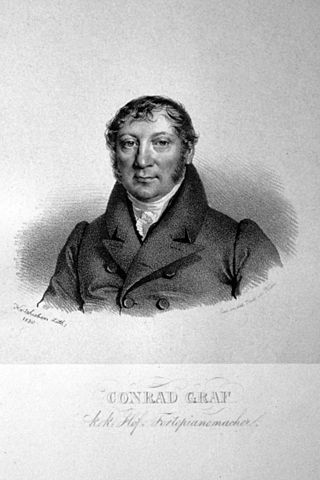
Conrad Graf was an Austrian-German piano maker. His pianos were used by Beethoven, Chopin, and Robert and Clara Schumann, among others.
Leonard Hokanson was an American pianist who achieved prominence in Europe as a soloist and chamber musician.

Paul McNulty is a builder of historical pianos, described by the New Grove as "famous for the high standard of [his] instruments." Within the community of builders, McNulty is noted for his efforts to extend the production of historically informed instruments later into history: while he has built many fortepianos in 18th-century style, he has also progressively sought to span the gap between the fortepiano and the fully modern piano that emerged around the last third of the 19th century. The expanding diversity of McNulty's productions has thus helped "provide an opportunity to extend keyboard performing practice to include the piano repertory of the 19th century".
Martin Helmchen is a German pianist. He has played with international orchestras and has recorded discs of many classical composers.

The Abegg Trio was a German piano trio. Since its foundation in 1976, it played in the original line-up.
Kristian Bezuidenhout is an Australian pianist, who specializes in performances on early keyboard instruments.
References
- ↑ "Pianoforte Johann Fritz". www.chrismaene.be.
- ↑ Dow, William; Burnett, Richard (2004). Company of Pianos. Finchcocks Press. p. 121. ISBN 9781903942352 . Retrieved 4 December 2020.
- 1 2 Novak Clinkscale, Martha (1993). Makers of the Piano: 1820-1860. Oxford University Press. p. 137. ISBN 0198166257 . Retrieved 1 December 2020.
- ↑ "Books on Opera and World Music, Matthew Herbert". www.bbc.co.uk. Retrieved 2020-12-04.